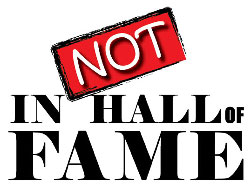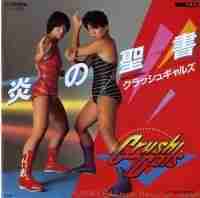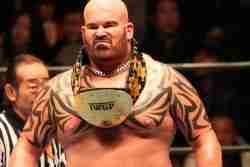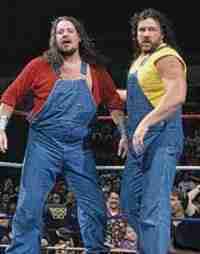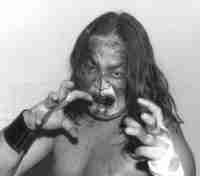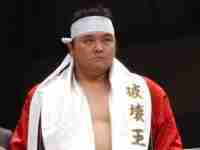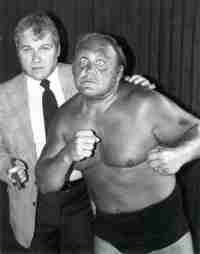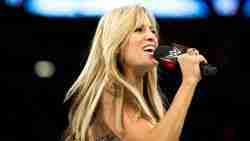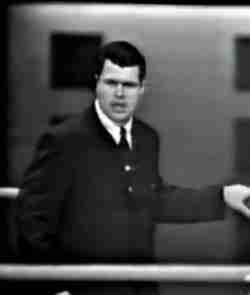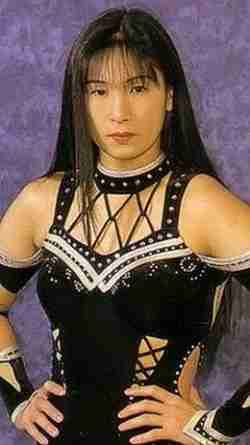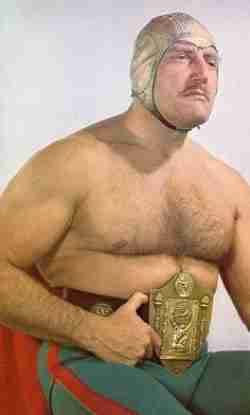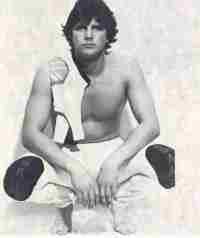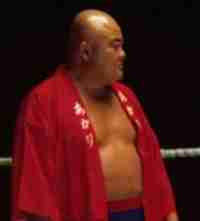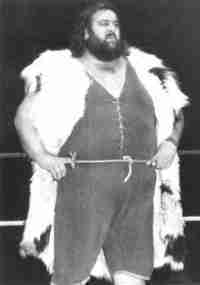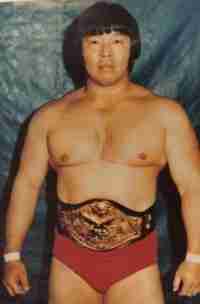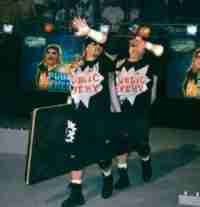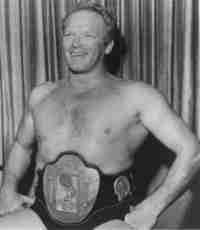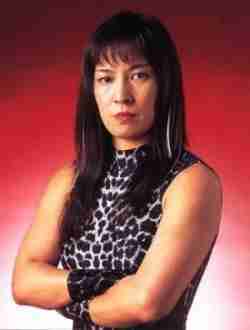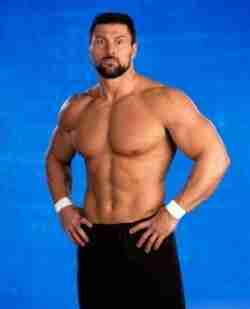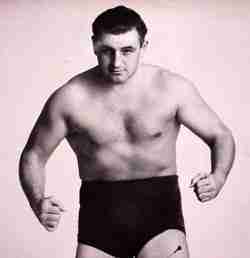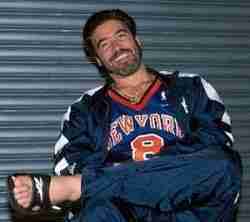WWE
Compared to the other Halls of Fame that we discuss on our website, this one is hands down the most fun and the hardest to calculate. Keep in mind, that there is no actual WWE Hall of Fame where fans can go and see their heroes. There are no set criteria to get in the WWE Hall of Fame. Wins and losses don’t exactly matter when the matches are predetermined. It does not even seem to matter if you even wrestled for the WWE as some of their inductees never drew a paycheck from Stamford. This is as subjective as they come so with that we made a criterion of our own which did incorporate (in no particular order) impact, ability, innovation championships won, legacy and their use in the WWE. The only two rules we set was that the wrestler in question was not currently an active competitor on a full-time basis unless that wrestler was 46 or over. Once a wrestler becomes 46 that individual moves from the Futures to the Main List at the time of revision.Until Then, Whatcha gonna do when Notinhalloffame.com runs wild on you!
Sincerely,
The Not in Hall of Committee.
The Crush Gals only wrestled a handful of times in the United States but in Japan they became the most popular and biggest draw of women’s wrestling in Japan. They were not the first female Japanese tag team to become successful, but they hit levels of popularity that haven’t been seen by any female combatant before or since. Chigusa Nagayo…
The last WWE run of Matt Bloom as “Tensai” may not have gone down in the annals of professional wrestling as a success, but prior to that, he was tearing it up in New Japan as Giant Bernard, and did have occasional mid card success as Albert and later A-Train in the WWE. What might seriously help Bloom’s chances is…
In WCW, Mark Canterbury and Dennis Knight wrestled as the Texan duo of Shanghai Pierce and Tex Slazenger, a mid level heel tag team that rarely picked up the big win. The pair migrated (kayfabe) to Arkansas when they joined the WWE and became hog farmers – The Godwins. The hillbilly gimmick may have seemed dated, but they got it…
The Great Kabuki may have only competed one match for the WWE (The Royal Rumble in 1994) but he had competed in multiple promotions in the United States long before his lone match for Vince McMahon. Kabuki was of course always cast as a heel (as all Japanese or like looking performers were from his era), but he holds the…
As one of the top draws of New Japan, Shinya Hashimoto won numerous titles and successfully wrestled a hybrid of stiff pre-MMA style wrestling and the technical Japanese wrestling style that dominated the country. Hashimoto may have looked like a fat version of Japanese Elvis, but his in ring work had few equals and he was a top draw of…
It is hard to imagine that Dick “The Bulldog” Brower could ever be a good guy, but that was how he started in wrestling. It was not long before the promoters looked at the man who though was short in stature, had a wild look in his eye and the demeanour of….a bulldog. Brower would become a mid to upper…
One of the longest tenured employees in the history of the WWE, the seemingly ageless Lillian Garcia has ring announced more matches than anyone else with the exception of WWE Hall of Famer, Howard Finkel. Garcia used her singing skills to sing the National Anthem and America the Beautiful, most notably the latter at two Wrestlemanias.
The first WWWF Heavyweight Champion, Buddy Rogers was an early entry to the WWE Hall of Fame, which he should have been. Rogers had a manager, Bobby Davis, who was his “Bobby Heenan”, though he is not remembered nearly on the same level.
For a time in the 1990’s, there were wrestling fans and journalists alike decreeing Manami Toyota as the best professional wrestler in the world regardless of gender. Toyota was a true star in Japan and is the recipient of nine five star matches from the Wrestling Observer Newsletter and the winner of any Japanese women’s title worth having in the…
A top contender for Bruno Sammartino’s first WWWF World Heavyweight Championship, the Netherlands born, German billed, Hans Mortier was a solid heel for the organization throughout the 1960’s. While that was the run in which he would be known most for, Hans Mortier was an international star and his rough exterior and shoot style made him a great heel everywhere…
Some have argued that Chris Adams’ greatest contribution to wrestling was training a young Steve Austin. We will argue against it as the “Gentleman” was a major star in World Class and a part of the some of the most memorable angles of that promotion’s history. With his spectacular “superkick” and ability to work as a pure baby face or…
It is hard to argue that most of the wrestlers we spoke of loved the wrestling business. Tojo Yamamoto loved it so much; he took his own life when he could no longer be a part of it. Yamamoto was another Hawaiian born wrestler who wrapped himself in the Japanese flag to get heel heat. Tojo never reached the big…
His only American run as “Loch Ness” came nearly twenty years past his prime, but that prime saw him as one of the biggest draws in England and was possibly the largest worker of his day. Giant Haystacks became an International star, though he failed to gain any real foothold in North America. The question with one of the heaviest…
Unlike other Japanese American wrestlers of the 1970’s, Dean Higuchi did not wrestle as a foreign heel bedecked in rising sun paraphernalia. Rather, His last name was replaced with Ho (an obvious play on popular Hawaiian singer, Don Ho) and he wrestled as a good guy for the bulk of his career. Ho would use technical skill, power and martial…
(“Flyboy” Rocco Rock & Johnny Grunge) Although it is hard to disagree that the WWE tenure of the Public Enemy was not a complete failure, “Flyboy” Rocco Rock and Johnny Grunge were the first true homegrown stars of Paul Heyman’s ECW. In many ways they were the guys who set the tone of the Philadelphia based promotion and were responsible…
A capable Canadian wrestler who competed in numerous territories, Billy “Red” Lyons became best known to Canadian audiences as the host of Maple Leaf Wrestling. He worked behind the scenes for the WWF, and was a decent broadcaster. Any Canadian wrestling fan growing up in the Greater Toronto Area remembers Lyon’s “Don’t You Dare Miss It” catch phrase inviting fans…
In terms of pure wrestling talent, in the early 1980’s there were few who could hold a candle to Jaguar Yokota, who was a top female Japanese wrestler. Yokota was not just a multi-time champion, but a trailblazer in terms of female athleticism. As she was never known in the United States, her chances here are weak, but guaranteed that…
Capitalizing on the MMA push of the late 1990’s, The WWF brought in “The Lethal Weapon” Steve Blackman who may have lacked personality but made up for it in bad assery. (yes we know that isn’t a word) Blackman would be one of the bright lights of the Hardcore division and probably deserves a higher place in terms of WWE…
A former World Champion from the 1930’s, Ed Don George was a former Olympian in the 1928 Games. He was a recognized World Champion in both Europe and the United States and following his career he would become a successful promoter in both the U.S. and in Cuba.
Oh boy…While we can all agree (except for Vince Russo himself) that he accelerated the demise of WCW and did nothing to help TNA, Vince Russo was one of the men who helped usher in a new attitude in the WWF and did assist them in winning the Monday Night Wars.
